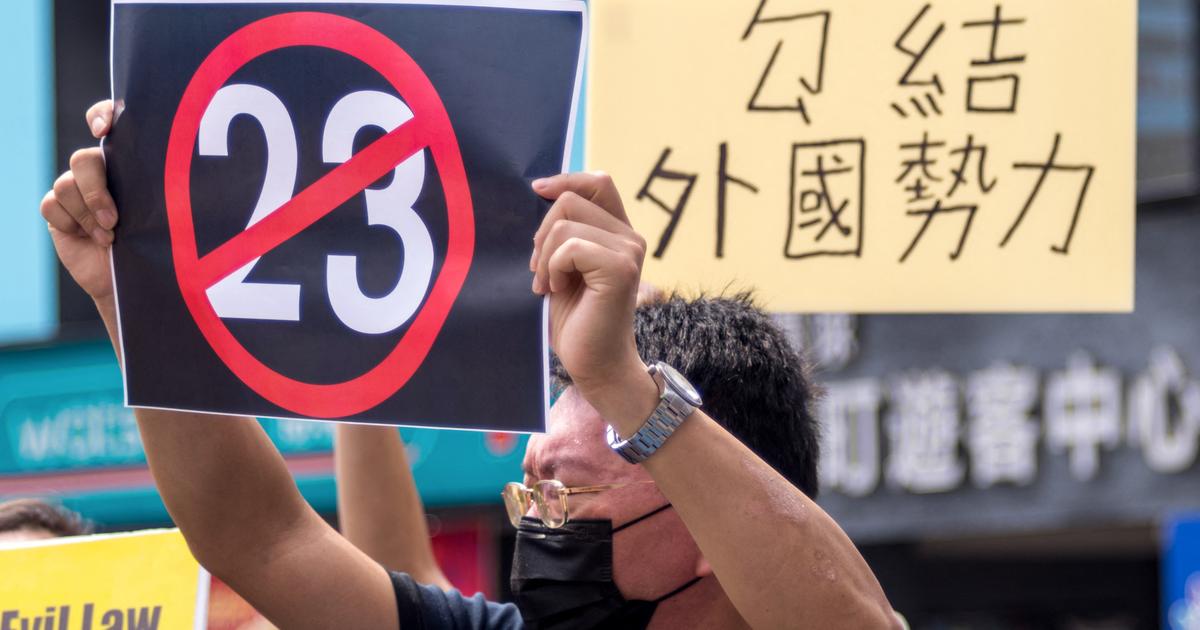01 view
Written by: Commentary Editing Room
2020-09-03 06:30
Last update date: 2020-09-03 06:30
Letting citizens live and work in peace is the core responsibility of the government.
As the economy develops and urban property prices soar, the government's thinking, decision-making and courage determine whether housing will become a thorny issue.
While Shenzhen across the water is learning from Singapore to increase the per capita living area and drive down property prices, the Hong Kong government still dares not dare to touch the vested interest groups drastically, and is timid to play the role of the government in secondary distribution.
Shenzhen’s real estate investment last year reached RMB 305.9 billion. The added value of the real estate industry accounted for 8.5% of GDP and tax revenue exceeded 13%.
However, hot property prices have also led to housing problems. In the first half of the same year, property prices in Shenzhen were 36 times their income, the highest number in the country.
According to the China Real Estate Association's "320 City Housing Price Ranking List in 2019", Shenzhen's property prices are nearly 2,500 yuan more expensive than Beijing, 20% higher than Shanghai, and nearly twice as high as Guangzhou, ranking first in the country.
It is getting harder and harder to buy in Shenzhen. Whether this problem will lead to a brain drain has also become a hot topic on the mainland Internet discussion platform Zhihu.
Property prices in Hong Kong continue to rise, and there are many people waiting for public housing.
(Profile picture)
323 square feet per capita
However, the Shenzhen government realized the problem early. In 2007, it considered increasing the need for housing protection in addition to commercial housing, and implemented the second housing reform in 2018 to establish a 4 to 6 supply structure of private buildings and government-subsidized housing based on people’s livelihood needs. , And plans to add 1.7 million housing units by 2035, of which no less than 1 million are public housing units, so that more citizens can solve their housing difficulties through public housing.
Last Friday (August 28), Zhang Xuefan, Director of the Shenzhen Bureau of Housing and Construction, once again emphasized to learn from Singapore and achieve a housing ratio of 6 to 4 in the housing provided by the government for lease or sale. During the "Five" period, the per capita housing area in Shenzhen will be increased from 27.8 square meters (approximately 299 square feet) to 30 square meters (approximately 323 square feet) to improve housing quality.
After the epidemic stabilized in the first half of 2020, housing prices in Shenzhen rose again.
On July 15, the government introduced the most stringent purchase restriction order in an attempt to cool the property market.
On the other hand, Shenzhen is also very active in land supply.
In June 2018, Shenzhen took the public interest as a reason to reclaim the 133-hectare golf course in the central area of Futian, Shenzhen, which was exclusively reserved for 1,700 golf course members, and included it in the future planning of the Xiangmihu area. , Even if the relevant company submitted an application for renewal of the land use right, it was not approved by the Shenzhen Municipal Planning and Land Resources Commission.
An effect drawing of a garden-style community of Shenzhen Changzhen public housing and its affiliated projects.
(Online picture)
On the other hand, Hong Kong has an even hotter property market and more serious housing problems. However, the government is afraid to make drastic reforms in the face of vested interests.
So far, the "Land Resumption Ordinance" has not been used to recover 1,700 hectares of brownfields and more than 1,000 hectares of agricultural land stockpiled by developers.
The 172 hectares of the Fanling Golf Course dared to recover only 32 hectares. The land that could have built 30,000 public units to meet the one-year "Long Term Housing Strategy" supply target needs, but now only about 4,600 public units can be built.
The government has not even touched on the issue of indigenous people’s rights.
Whether it is Singapore or Shenzhen itself, where Shenzhen has learned from, the housing problem is not an unsolvable social problem. It depends on whether the government is proactive and courageous, or sticks to the dogma of "big market, small government" and allows the property market to be distorted.
For Hong Kong people to live in sub-divided houses, the responsibility must lie with the government.
Everyone in Hong Kong is paying for high property prices
The first modular house will be occupied and the road to settle down is still indefinite
The waiting time for public housing has risen to 5 and a half years. Why can Hong Kong live and work in peace?
01 depth
Housing policy, Shenzhen, Shenzhen, property market, property price, property market, mainland property market, mortgage burden, Fanling golf course 01 view


/cloudfront-eu-central-1.images.arcpublishing.com/prisa/PMIQEKJBGXKRGJ5GOOQUIJD4YI.jpg)




